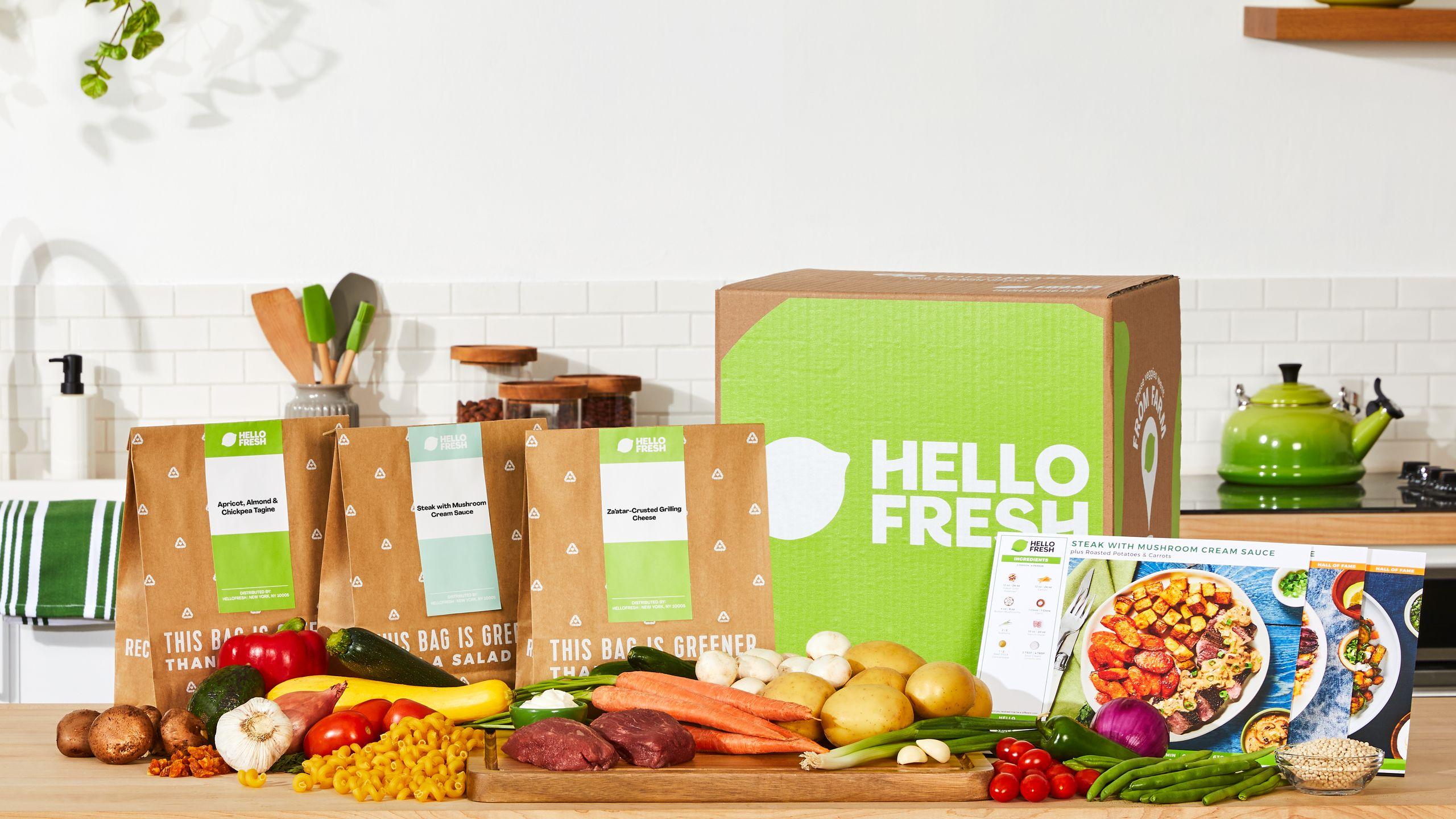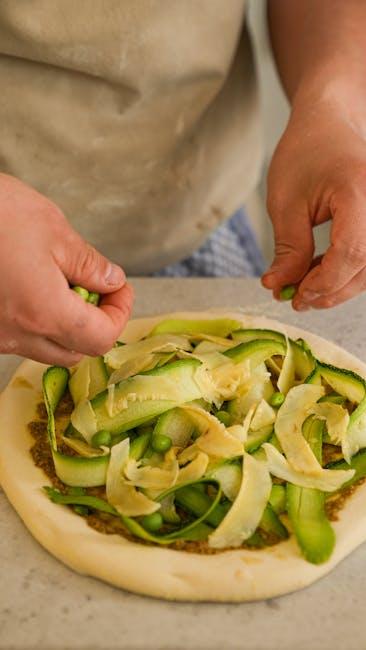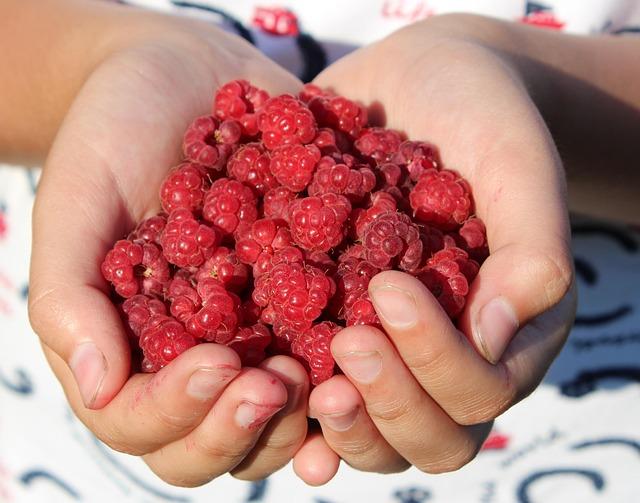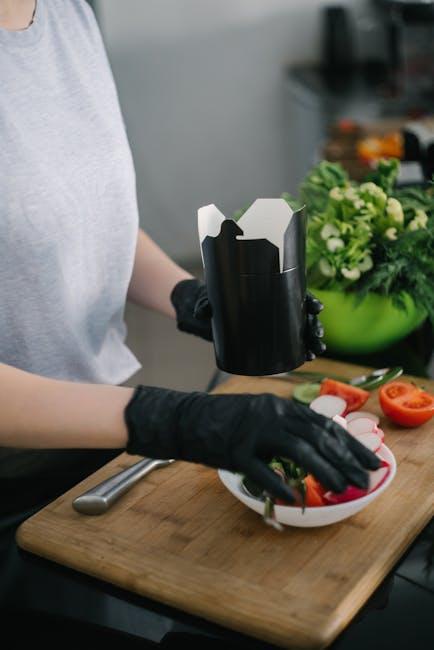In a world bustling with commitments and distractions, the quest for convenient yet nutritious meals has led many to explore the allure of meal kit services. Promising a fusion of culinary creativity and convenience, these subscription-based offerings have transformed the way we approach cooking at home. But what happens after the initial excitement fades, and the novelty of a perfectly curated box starts to wane? After three months of weaving meal kits into our daily lives, are we reaping the benefits, or simply falling into a monotonous routine? In this article, we delve into the nuances of meal kit usage, exploring the impacts on our cooking habits, dietary choices, and even our wallets, as we uncover the real story behind this modern culinary trend. Join us as we navigate through the highs and lows, and discover what it truly means to incorporate meal kits into our everyday lives.
Transforming Eating Habits Through Meal Kits
After three months of consistent meal kit usage, many individuals find themselves experiencing a significant transformation in their eating habits. The convenience of having pre-portioned ingredients arrives at your doorstep allows for an effortless shift towards cooking at home more frequently. As a result, this practice fosters a deeper connection with food, encourages the exploration of diverse flavors, and cultivates culinary skills that may have been neglected before. Beyond just the act of cooking, meal kits often introduce consumers to healthier ingredients, which promotes a more balanced diet over time.
Furthermore, this approach aids in reducing food waste, as the exact amounts needed are provided, minimizing leftovers or forgotten ingredients at the back of the fridge. Many users note a newfound awareness of nutritional content and portion sizes, leading to improved mindful eating practices. Here’s a snapshot of some benefits noticed during this transformative journey:
| Benefit | Description |
|---|---|
| Enhanced Cooking Skills | Experimenting with new recipes builds confidence in the kitchen. |
| Healthier Choices | Access to fresh ingredients supports better eating habits. |
| Less Food Waste | Pre-measured ingredients lead to minimal leftovers. |
| Time Savings | Quick meal prep allows for more free time during busy weeks. |
| Culinary Variety | Encourages trying global cuisines and seasonal produce. |

Assessing Cost Efficiency and Budgeting Strategies
After three months of utilizing a meal kit service, many users find themselves reconsidering their overall food budgeting approaches. One of the most notable benefits of these services is the transparency it offers in pricing. Unlike grocery shopping, where costs can fluctuate based on impulse buys and varying prices, meal kits provide a clear, consistent price per meal. Users can evaluate their monthly expenditure by comparing it to previous grocery bills, often uncovering ways to optimize their food spending. In many cases, meal kits eliminate food waste, as each ingredient is portioned perfectly for the recipes provided, thus further enhancing cost efficiency.
Implementing a structured budgeting strategy while using meal kits can yield significant savings and maximize utility. Consider reminders or tracking tools to monitor weekly spending, highlighting areas where adjustments can be made. Here are some tips to consider:
- Set a weekly budget: Determine how much you’re willing to spend each week on meals.
- Plan for leftovers: Choose meals that allow for leftovers, which can reduce grocery costs the following week.
- Compare prices: Regularly assess how meal kit prices stack up against traditional grocery shopping.
| Expense Category | Before Meal Kit | After Meal Kit |
|---|---|---|
| Weekly Grocery Bill | $150 | $120 |
| Food Waste Costs | $30 | $10 |
| Average Cost per Meal | $8 | $6 |
Streamlining your budget around a meal kit service not only clarifies expenses but also ensures that your nutritional needs are being effectively met without breaking the bank. With each meal curated to minimize waste and enhance convenience, users can focus on savoring their culinary experiences rather than stressing over budgeting pitfalls.

Exploring Culinary Skills and Recipe Mastery
After three months of using a meal kit service, most users report significant growth in their culinary abilities. The structured delivery of recipes paired with pre-measured ingredients serves as an educational tool, effectively guiding novices through various cooking techniques. Participants often find that they become more comfortable with kitchen equipment and gain proficiency in essentials such as:
- Knife skills: Learning how to chop, dice, and julienne vegetables.
- Flavor pairing: Understanding how different spices and ingredients work together.
- Cooking methods: Experimenting with sautéing, grilling, and baking.
Additionally, the consistency of preparing diverse dishes enhances creativity in the kitchen. Users frequently transition from strictly following recipes to adapting and improvising their own meals, inspired by the meal kits. This newfound confidence often leads to delightful culinary experiments, which can include:
- Inventing signature dishes: Combining elements from various recipes to create something unique.
- Substituting ingredients: Making healthier or preferred choices based on personal taste.
- Cooking for friends or family: Using acquired skills to impress loved ones during gatherings.

Evaluating Health and Nutrition Benefits Over Time
As individuals embark on their journey with a meal kit service, the first few weeks often serve as a transformative period for health and nutrition. By integrating pre-portioned ingredients and thoughtfully crafted recipes into daily routines, users typically begin to notice several key improvements including:
- Enhanced Cooking Confidence: With detailed instructions, users can explore culinary skills they never knew they had.
- Nutrition Knowledge: Meal kits often include nutritional information, empowering users to make informed choices about their dietary intake.
- Variety in Meals: Users are exposed to a broader array of ingredients and cuisines, reducing the monotony often associated with meal planning.
As this culinary adventure unfolds over three months, the sustained impact on health becomes even more noticeable. Many users report experiences such as:
| Health Metrics | Initial Value | After 3 Months |
|---|---|---|
| Weight | 185 lbs | 178 lbs |
| Fruits and Vegetables Intake | 3 servings/day | 5 servings/day |
| Cooking Frequency | 2 times/week | 5 times/week |
This shift in health metrics illustrates not just changes in physical well-being, but also a deeper understanding of balanced eating and meal preparation. Users increasingly find that the benefits extend beyond immediate results and into long-lasting habits that contribute to a healthier lifestyle.
Key Takeaways
As we draw the curtain on our exploration of the three-month journey with a meal kit service, it’s clear that this culinary experiment offers both a palette of diverse flavors and a canvas for personal growth in the kitchen. From the initial novelty of unpacking a box of ingredients to the eventual mastery of new techniques, the experience harmonizes convenience with creativity.
Whether you’ve found joy in the rhythm of meal prep or faced the occasional challenge with unfamiliar recipes, the past three months have likely reshaped your relationship with food. Perhaps you’ve expanded your culinary repertoire or discovered a newfound appreciation for the art of cooking.
As you continue on your culinary adventure, consider the lessons learned and the flavors savored. The choice to stick with meal kits or venture back to traditional grocery shopping is yours to make. Either way, you carry forward the ability to inspire your meals with intent and variety, ensuring that every bite tells a story of its own. Happy cooking!














Leave feedback about this